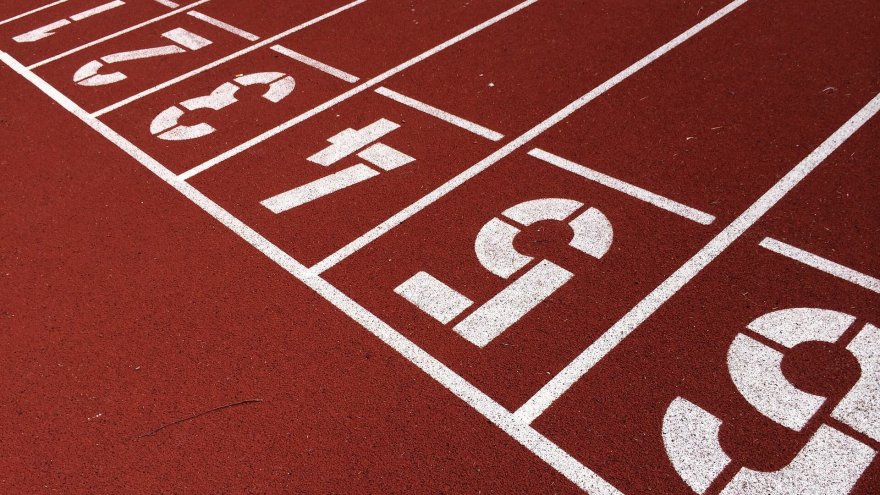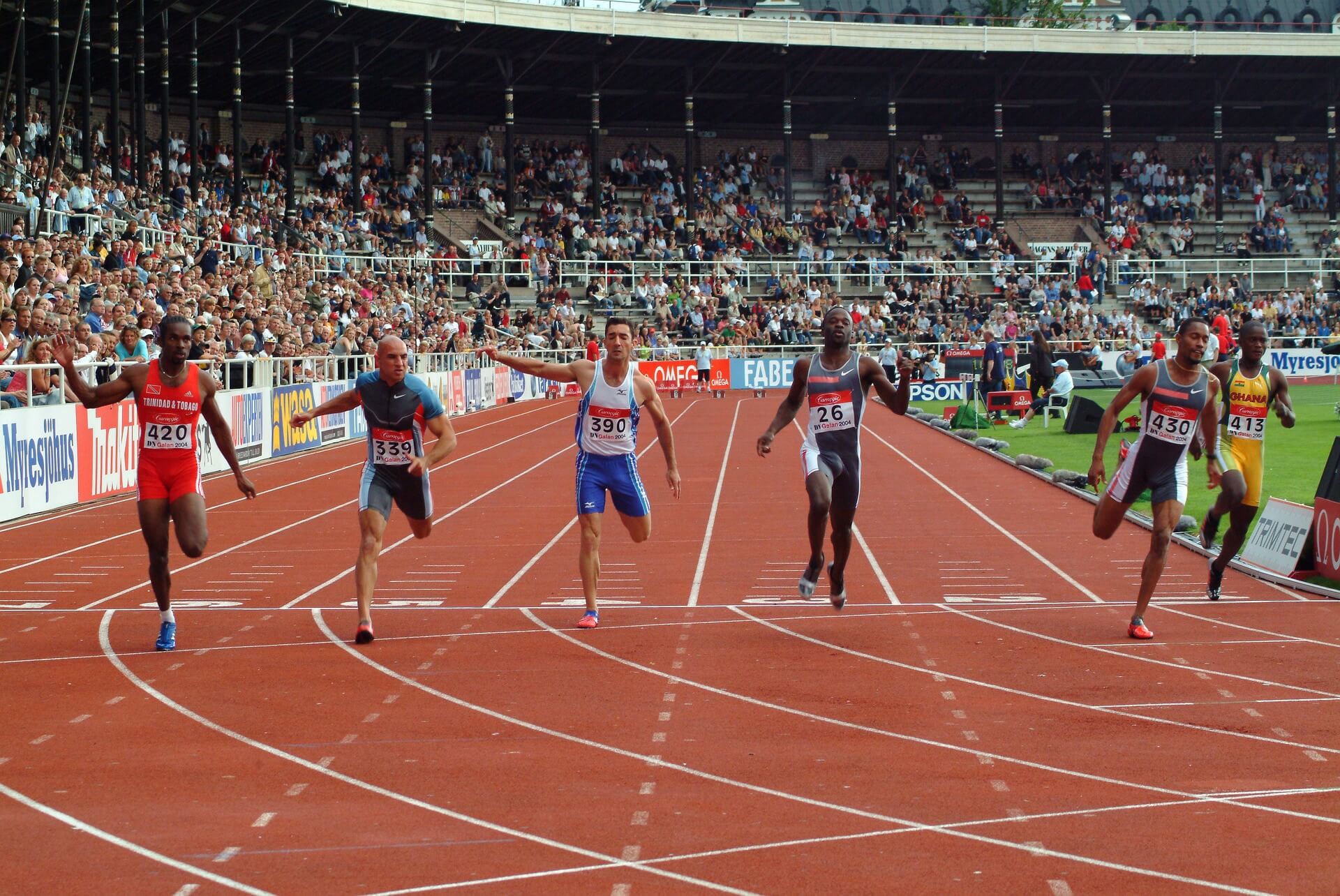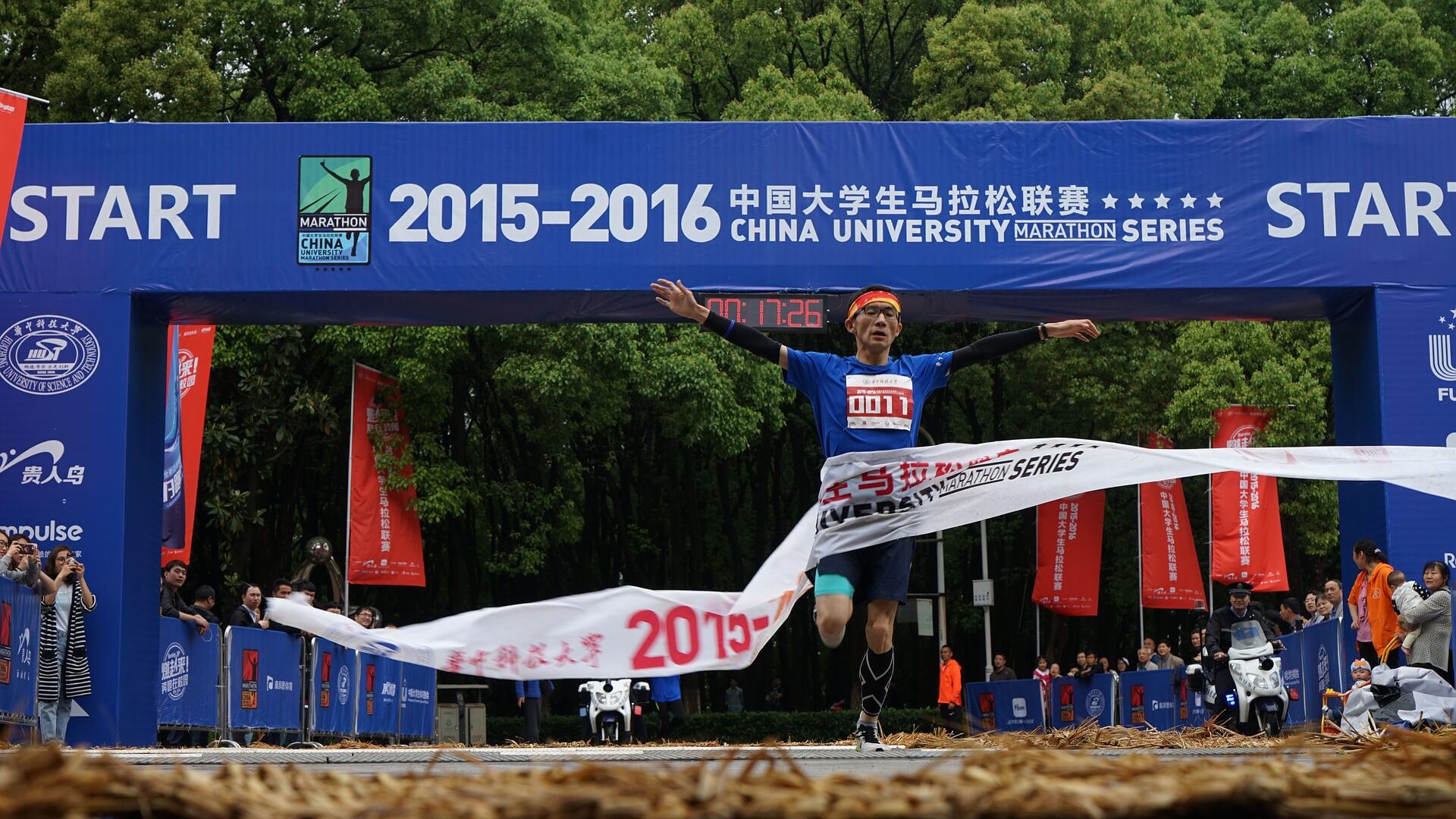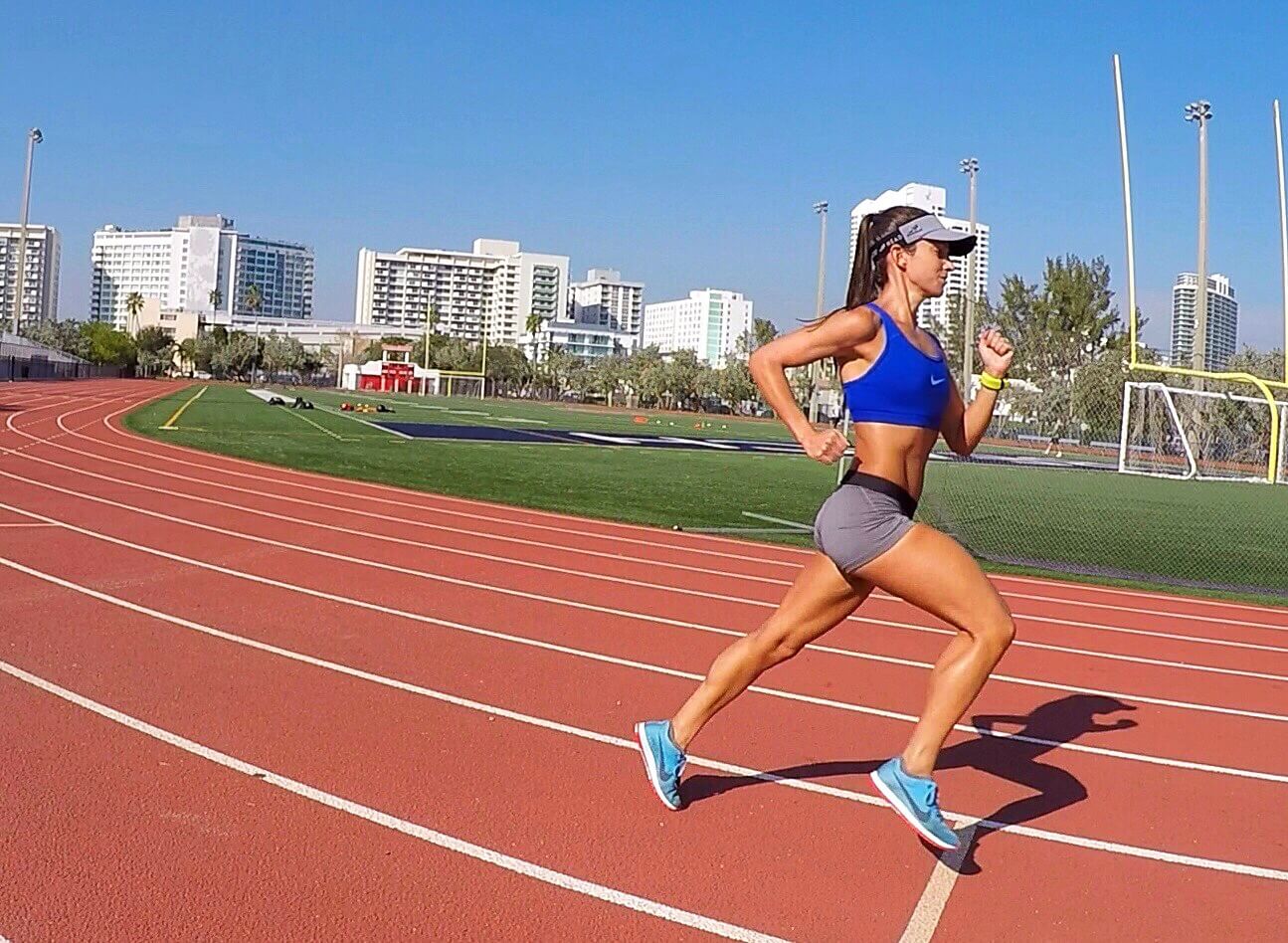Speed Training for Long Distance Runners

Running a fast marathon takes more than just logging a bunch of miles day in and day out. It requires a thought-out plan that includes a long run, shorter easier runs, and faster-paced runs or interval training. Of course, other non-running components are also fixed into the equation such as strength training, stretching, and drills that mainly help with injury prevention, overall strength improvement, and running mechanics. Most runners will incorporate tempo runs as their form of faster-paced workouts, which is crucial for building the endurance needed to hold that faster goal pace for several miles at once. The problem with only using this form of speed work for marathon and half marathon training is that it does nothing to help improve running economy.
What is Running Economy?
In simple terms, running economy is defined as the relationship between oxygen consumption and running speed. Oxygen consumption is measured by VO2 max, which is the maximum amount of volume of oxygen used during intense exercise. Although VO2 max is often used as a true predictor of fitness, it does not always predict someone’s ability to run a fast marathon. Running economy, on the other hand, is a better indicator of distance running performance because it takes several other factors into consideration. It considers the maximum amount of oxygen consumed at a specific constant speed. Therefore a marathoner who is able to hold a five minute per mile pace for 26.2 miles has a better running economy than a short distance runner able to hold the same pace for only 400 meters.

Why is all of this important? Well, for a marathoner trying to improve their overall pace with every race they compete in, it will require them to incorporate specific speed workouts to improve their running economy. This is even more important as we age since the first thing to deteriorate with age is speed. The difference between workouts that focus on improving specific physiological systems in the body such as VO2 max and lactate threshold, speed development workouts will focus on improving neuromuscular responses. This means improving the speed at which your brain sends signals to your muscles to fire by relying on fast twitch muscle fibers—possibly ones barely used for most recreational marathoners. This type of training will eventually lead to running at your marathon goal pace for longer with less effort. That seven-minute mile pace will finally feel doable!

Sample Speed Workouts
- Run 20-24 times 200-meter repeats at 5k to 10k effort with a 200-meter jog in between. This workout should not feel taxing at all since you are not supposed to be pushing the 200-meter repeats at an all-out effort. The pace should be controlled and faster than marathon pace—about 30 seconds per mile faster. The 200-meter recovery jog should not be a significantly slower pace either—think slowing your pace down by 2 minutes per mile than you ran the hard 200 meters.
- Run 12-16 times 400-meter repeats at 5k to 10k pace with a 200-meter jog in between repetitions.
- Run 8-10 times 800-meter repeats at 5k to 10k pace with a 400-meter jog in between repetitions.
- Run 6-8 times 1000-meter repeats at 5k to 10k pace with a 400- to 600-meter jog in between repetitions.
- Run 6-8 times one mile beginning with the first mile at half marathon pace and cutting down 10-15 seconds per mile with each repeat. Recover for one mile in between each repetition.
Each of these workouts should always include two to three miles for a warm-up followed by some dynamic stretching and drills. Always finish speed work with a cool-down of one to two miles. A good idea is to switch up the speed sessions each week but always come back to each after a few weeks to check your improvements. Since you are always trying to run at 5k to 10k pace, what you will see improving is your effort. Over time the repeats at your 5k or 10k pace should feel easier. As mentioned this pace should equate to 20 to 30 seconds per mile faster than your marathon goal pace.

As you can see marathon training can include a variety of speed workouts to choose from, unlike 5k or 10k training where you mostly focus on the shorter sessions of 100- to 400-meter repeats. These workouts used to improve running economy are more beneficial to marathoners looking to improve their sustained pace for a race. Most runners obsess over their VO2 max improvements but studies have shown that VO2 max may not be as reliable as running economy when determining marathon ability. Research states that running economy may vary by up to 30% in runners with similar VO2 max values. If incorporating these types of speed sessions throughout your training cycle, you should be able to hold that goal pace with less effort throughout your race. Once you accomplish this, your next race will require you to drop to a new 5k to 10k pace for these speed sessions and on you go with more performance improvement!
Sources
Latest Articles
 Is Running on a Treadmill Easier Than Running Outside?Runners have their own preferences, whether it is treadmill running, running outside on the road, or exploring trails. So...
Is Running on a Treadmill Easier Than Running Outside?Runners have their own preferences, whether it is treadmill running, running outside on the road, or exploring trails. So... Is It OK to Use Trail Running Shoes on the Road?While trail running shoes can be used on roads, especially in situations where a runner encounters mixed terrains or pref...
Is It OK to Use Trail Running Shoes on the Road?While trail running shoes can be used on roads, especially in situations where a runner encounters mixed terrains or pref... How to Fix Sore Quads After Running?Rest, ice, gentle stretching, and over-the-counter pain relievers can help soothe sore quads after running. Also, ensure ...
How to Fix Sore Quads After Running?Rest, ice, gentle stretching, and over-the-counter pain relievers can help soothe sore quads after running. Also, ensure ... 10 Fruits With The Most Electrolytes to Replace Sports DrinksThese fruits are high in electrolytes such as potassium, magnesium, and calcium, essential for hydration, muscle function...
10 Fruits With The Most Electrolytes to Replace Sports DrinksThese fruits are high in electrolytes such as potassium, magnesium, and calcium, essential for hydration, muscle function...

